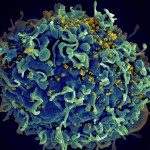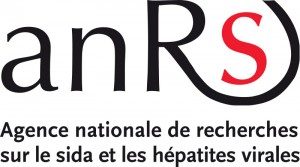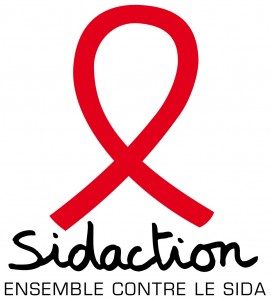Our group is part of the virology department at the Institut Pasteur and is located in the IDMIT department at the CEA in Fontenay-aux-Roses within the framework of a scientific collaboration between Institut Pasteur and CEA.
We are mainly interested in the role of the local environment in the control of infection at the mucosal level.
Axis 1 : Role of the local environment on inflammation and the control of Sexually Transmitted Infections in the female Reproductive Tract
Worldwide, everyday, there are more than 1 million of sexually transmitted infections (STI).
Heterosexual transmission from male to female is the major route of STI and occurs mainly via the female reproductive tract (FRT) mucosae. In the mucosa of the FRT, many environmental local factors determine susceptibility to STIs, either directly or indirectly, by modulating inflammation. Such factors include the composition of the vaginal microbiota, coinfections or seminal plasma (SP), which is the main vector of sexually transmitted pathogens.
To study theses factors, we develop two complementary approaches, in vitro and in vivo.
This project will help determine if a better control of the vaginal inflammation would be efficient to decrease the susceptibility to STI in women.
Axis 2 : Role of the microbiota in the development of the immune system after birth and the consequences of its modification on the response to respiratory infections in infants (part of the Pediatric program developped at IDMIT)
Microbial colonization of the mucosa in the first months after birth plays a key role in the education and development of the immune system. After birth the microbiota induces significant changes with the development of lymphoid tissues and the maturation of immune cells. Disruptions in this colonization of the microbiota can have long-term consequences on the immune system, including the development of pathologies. In this project, we study the evolution of the composition of the microbiota in different mucosae from birth to 2 years of life and the consequences of early disruption of the microbiota on responses to respiratory infections.
We use in vitro/ex vivo models as well as in vivo analysis.












